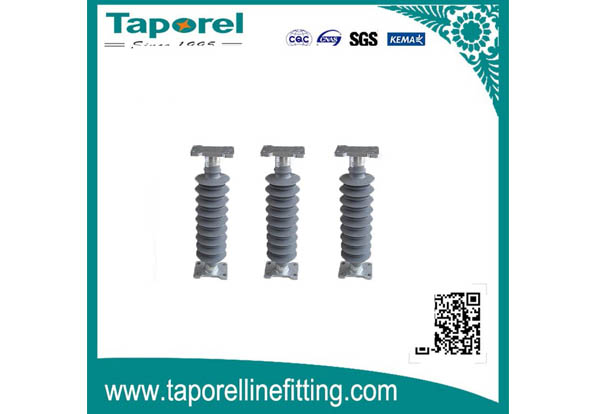The use of silicone composite insulators has increased significantly over the last 30 years. One of the key factors behind the continued growth of power companies will be confident in them. Professors Liang Xidong and Yan Zhipeng from Tsinghua University, Beijing, discuss the key issues and suggest that some of the current IEC test methods and technical standards may need to be modified. They also review the test methods used in China - the largest market for these insulators. In addition, due to the different operating conditions, they explained that specific technical requirements may need to be developed for different types of composite insulators, particularly substation insulators.
China's power sector has experienced rapid growth since the 1980s and with the latest developments in extra-high-voltage AC and extra high voltage DC lines, power generation and the length of the country's overhead network have proliferated.

The development of insulators cannot be viewed separately from the development of the electricity industry as a whole. For example, the rapid growth in the length of overhead lines and the migration to higher voltage levels has not only created a huge demand for insulators but has also placed new and higher demands on their performance. The use of silicone rubber composite insulators in China has achieved significant growth due to their excellent wetting and contamination flashover properties, lightweight, high strength to weight ratio, ease of transport and installation, and resistance to vandalism.
The use of composite insulator has also increased significantly worldwide and, based on test applications, now dominates all EHV lines. Moreover, significant improvements have been made in both manufacturing and testing. Nevertheless, given the rapid development of the technology, the key issue for the future of composite insulators remains that power companies remain confident in their expected service life and performance. This means that the future development of composite insulators will depend on: the availability of suitable test methods to verify long-term performance; and the introduction of different requirements for power station insulators; and the development of the best materials and maintenance technology.
Among the technical standards published to ensure the performance of composite insulators is IEC 62217, Polymeric high-voltage insulators for indoor and outdoor use - General definition, test methods and acceptance criteria, the scope of which covers polymeric insulators whose insulator consists of one or more organic materials. The polymer insulators covered by this standard include both solid and hollow insulators and are intended for use in overhead lines or indoor and outdoor equipment with rated voltages greater than 1000V. Unfortunately, the test methods in IEC 62217 do not necessarily guarantee the satisfactory performance of insulators throughout their service life. For example, even in similar environments, certain composite insulators that pass the standard tests can provide different performance when in operation.
This IEC standard only specifies dye penetration tests and water diffusion tests for rods. However, in-service rod damage continues to account for a large proportion of insulator failures, such as brittle fracture and attenuation-like fracture. For example, rod failure has been the main cause of service failures, accounting for approximately 22.3 per cent of all such incidents. This indicates that the quality of the rods is far from satisfactory and that more testing methods are needed to ensure quality and prevent such damage.
Taporel Electrical Insulation Technology Co., Ltd.
+86 29 8603 0621
No. 209 Jincheng Road, Jintan District, Changzhou City, Jiangsu Province, China
Copyright © Taporel Electrical Insulation Technology Co., Ltd. All Rights Reserved | Sitemap
